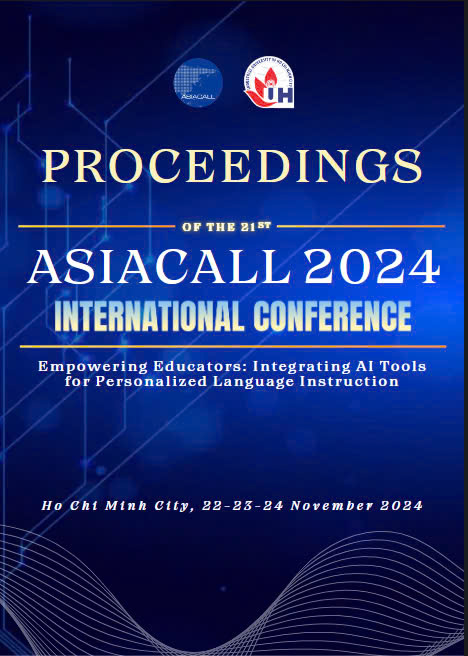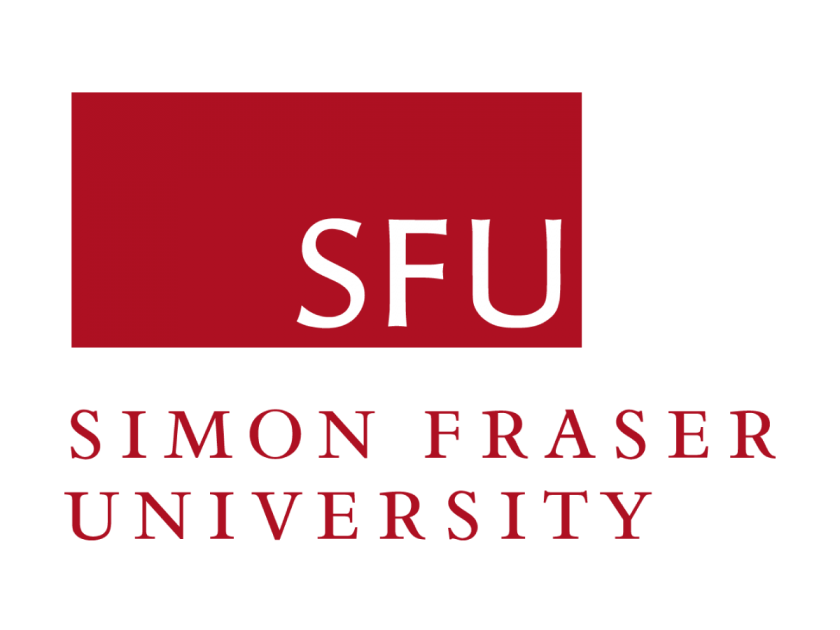Practice Report: On the development of medical English ESP learning model via VR space in collaboration with Finland
DOI:
https://doi.org/10.54855/paic.24625Keywords:
VR platform, medical English ESP, COIL, collaboration with FinlandAbstract
The paper outlines the construction process of a medical English Collaborative Online International Learning (COIL) model developed in collaboration with universities in Finland and the USA in a 3D virtual learning space (metaverse) mediated by Cross Reality (XR) technology. This technology mobilizes all aspects of Virtual Reality (VR), Augmented Reality (AR), and Mixed Reality (MR). This paper will describe the development and construction of a medical English COIL model developed in a 3D virtual learning space (metaverse) mediated by Cross Reality (XR) technology in detail. It will then present a report on the actual lessons conducted using the model. Furthermore, using the model, it will examine the development of metacognitive ability and the L2 ideal self of the students in the classes. It will also investigate whether it is possible to learn medical English in a communicative way.References
Ikeda, Y. (2020). International collaboration with overseas students using ICT Educational effects and challenges of COIL, cooperative learning with overseas students using ICT, University Education and Information 2020 (2), 20-25, 2020-09, JUCE Japan
Ikeda, Y., & Fujii, M. (2021). Principles and Practices for Enhancing Intercultural and International Experiences in COIL Courses, Summer Institute on International Education, Conference Summer Institute on International Education.
Jeong, Y., Lim, T., & Ryu, J. (2021). The effects of spatial mobility on metaverse based online class on learning presence and interest development in higher education. The Journal of Educational Information and Media, 27(3), 1167-1188.
Sá, M. J., & Serpa, S. (2023). Metaverse as a learning environment: Some considerations. Sustainability, 15(3), 2186. https://doi.org/10.3390/su15032186
Hein, R. M., Wienrich, C., & Latoschik, M. E. (2021). A systematic review of foreign language learning with immersive technologies (2001-2020). AIMS Electronics and Electrical Engineering, 5(2), 117-45. https://doi.org/10.3934/electreng.2021007
Li, P., & Lan, Y. J. (2022). Digital language learning (DLL): Insights from behavior, cognition, and the brain. Bilingualism: Language and Cognition, 25(3), 361-378. https://doi.org/10.1017/S1366728921000353
Nicolaidou, I., Pissas, P., & Boglou, D. (2023). Comparing immersive virtual reality to mobile applications in foreign language learning in higher education: A quasi-experiment. Interactive Learning Environments, 31(4), 2001-2015. https://doi.org/10.1080/10494820.2020.1870504
Nagasaka, Kaori and Uchida, Mituse (2004). kanngokoutoukyouikukikan ni okeru ESP no genjo to tenbo (Current status and prospects of ESP in nursing higher education institutions), Bulletin of the Junior College of Nursing Yamanashi College of Nursing, VOL 10.
Dudley-Evans, T., & St John, M. (1998). Developments in ESP: A Multi-Disciplinary Approach. Cambridge University Press.
Hutchinson, T., & Waters, A. (1989). English for Specific Purposes : a Learner-Centred Approach. Cambridge University Press.
Nguyen, N. V., Vo, T. L., Nguyen, T. T. V., & Nguyen, T. H. L. (2021). Effectiveness of Second Life virtual Learning Environment for Language Training in Hospitality and Tourism. Advances in Social Science, Education and Humanities Research, volume 533, Proceedings of the 17th International Conference of the Asia Association of Computer-Assisted Language Learning (Asia CALL 2021), Atlantis Press. https://doi.org/10.2991/assehr.k.210226.003
Tran, Q. H. (2021). Discourse Analysis of EFL Students' Attitudes and Social Interactions Towards a Virtual Classroom, Advances in Social Science, Education and Humanities Research, volume 533, Proceedings of the 17th International Conference of the Asia Association of Computer-Assisted Language Learning (Asia CALL 2021), Atlantis Press. https://doi.org/10.2991/assehr.k.210226.009
Robinson, P. (2010). Situating and distributing cognition across task demands: The SSARC model of pedagogic task sequencing. In M. Putz & L. Sicola (Eds.), Cognitive processing in second language acquisition: Inside the learner’s mind (pp.243-268). Amsterdam: John Benjamins. https://doi.org/10.1075/celcr.13.17rob
Okmawati, Mike (2020). The Role of Metacognitive Strategy in Learning English, Advances in Social Science, Education and Humanities Research, volume 579 Proceedings of the Eighth International Conference on English Language and Teaching (ICOELT-8 2020), Atlantis Press. https://doi.org/10.2991/assehr.k.210914.036
Downloads
Published
How to Cite
Issue
Section
License
Copyright (c) 2024 Iwao Yamashita, Kari Vehmaskoski

This work is licensed under a Creative Commons Attribution 4.0 International License.
Copyright
The copyright of all articles published in the Proceedings of the AsiaCALL International Conference (paic) remains with the Authors, i.e. Authors retain full ownership of their article. Permitted third-party reuse of the open access articles is defined by the applicable Creative Commons (CC) end-user license which is accepted by the Authors upon submission of their paper. All articles in the aicp are published under the CC BY-NC 4.0 license, meaning that end users can freely share an article (i.e. copy and redistribute the material in any medium or format) and adapt it (i.e. remix, transform and build upon the material) on the condition that proper attribution is given (i.e. appropriate credit, a link to the applicable license and an indication if any changes were made; all in such a way that does not suggest that the licensor endorses the user or the use) and the material is only used for non-commercial purposes.









